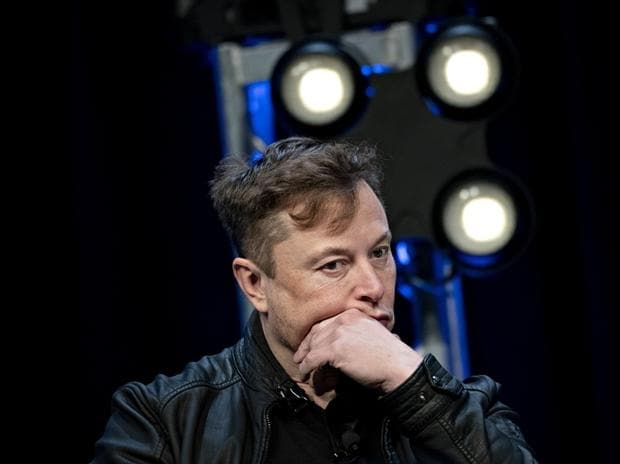Days after SpaceX CEO Elon Musk said that his company is working towards the launch of an uncrewed Mars flight in about two years, the technological giant has hit a drag as the ambitious Starship exploded upon landing during its eighth test flight on Thursday. Musk termed it "successful."
The prototype experienced a "hard landing" after its successful ascent, a perfect flip maneuver to position itself for a landing before it exploded, seconds after touching the ground. The company in a statement said, "Low pressure in the fuel header tank during the landing burn led to high touchdown velocity resulting in a hard landing."
During the latest hop on Thursday, the steel frame that embodies the outer shell of the spacecraft lifted off from the ground and hit its apogee (highest elevation) before beginning a controlled descent. The spacecraft in a near-perfect execution performed a first-of-its-kind flip maneuver tipping over in a glide towards Earth. The three engines were fired with precision to slow down the craft hurling towards the ground. However, six minutes and forty seconds into the flight, it disintegrated upon hitting the surface.

This was, however, not the first such catastrophic loss for the company.(Shutterstock)
Musk maintained that they received data from the test critical for further testing and improving the system as the company takes on the mission to Mars.
The flight was planned to check the integrity of the gargantuan metal body of SN8 (Starship number 8) and its three engines for their aerodynamics, during launch and landing which happens vertically on the same principle as that of the pioneering Falcon 9 rocket.
"With a test such as this, success is not measured by completion of specific objectives but rather how much we can learn, which will inform and improve the probability of success in the future as SpaceX rapidly advances the development of Starship," a statement on the company's website said.
The Starship will enter Mars’ atmosphere at 7.5 kilometers per second and decelerate aerodynamically making it crucial for SpaceX to find ways to lower the speed during the approach, and in time.
Starship landing flip maneuver pic.twitter.com/QuD9HwZ9CX
— SpaceX (@SpaceX) December 10, 2020
This was, however, not the first such catastrophic loss for the company which has been developing reusable rockets for cheaper space flights. Smaller prototypes have already blasted off several hundred meters into the air for less than a minute as part of a series of tests over the years.
Known for developing cost-effective outer space delivery systems, SpaceX hopes to carry humans to Mars in the Starship. The company plans to develop a fully reusable transportation system designed to carry both crew and cargo to Earth's orbit, the Moon, Mars, and beyond.
"Starship will be the world’s most powerful launch vehicle ever developed, with the ability to carry in excess of 100 metric tonnes to Earth orbit," the company has maintained. Upon completion, the massive spacecraft will be equipped with 37 engines at 120 meters height

Musk maintained that they received data from the test critical for further testing. (Bloomberg)
Musk, who has been a proponent that humans are meant to be an interplanetary species said that he feels fairly "confident" that human beings should land on Mars in about six years, and if "lucky" in four years. He had pointed out that Earth and Mars synchronisation of orbits around the Sun happens approximately every 26 months and the next synchronisation is due in two years.
"We want to send an uncrewed vehicle there (Mars) in two years," he said.
 Dear Reader,
Dear Reader,
Business Standard has always strived hard to provide up-to-date information and commentary on developments that are of interest to you and have wider political and economic implications for the country and the world. Your encouragement and constant feedback on how to improve our offering have only made our resolve and commitment to these ideals stronger. Even during these difficult times arising out of Covid-19, we continue to remain committed to keeping you informed and updated with credible news, authoritative views and incisive commentary on topical issues of relevance.
We, however, have a request.
As we battle the economic impact of the pandemic, we need your support even more, so that we can continue to offer you more quality content. Our subscription model has seen an encouraging response from many of you, who have subscribed to our online content. More subscription to our online content can only help us achieve the goals of offering you even better and more relevant content. We believe in free, fair and credible journalism. Your support through more subscriptions can help us practise the journalism to which we are committed.
Support quality journalism and subscribe to Business Standard.
Digital Editor

RECOMMENDED FOR YOU